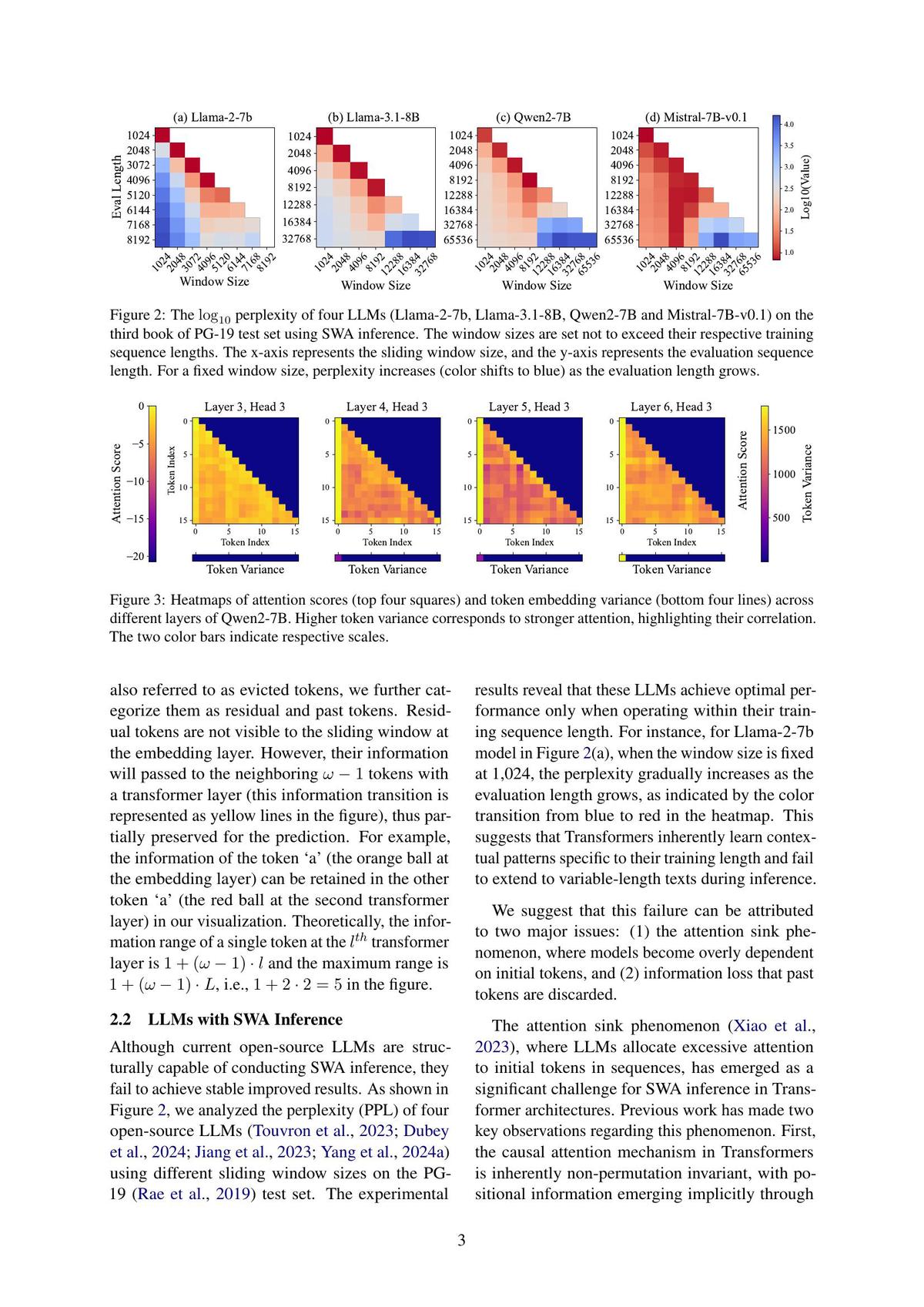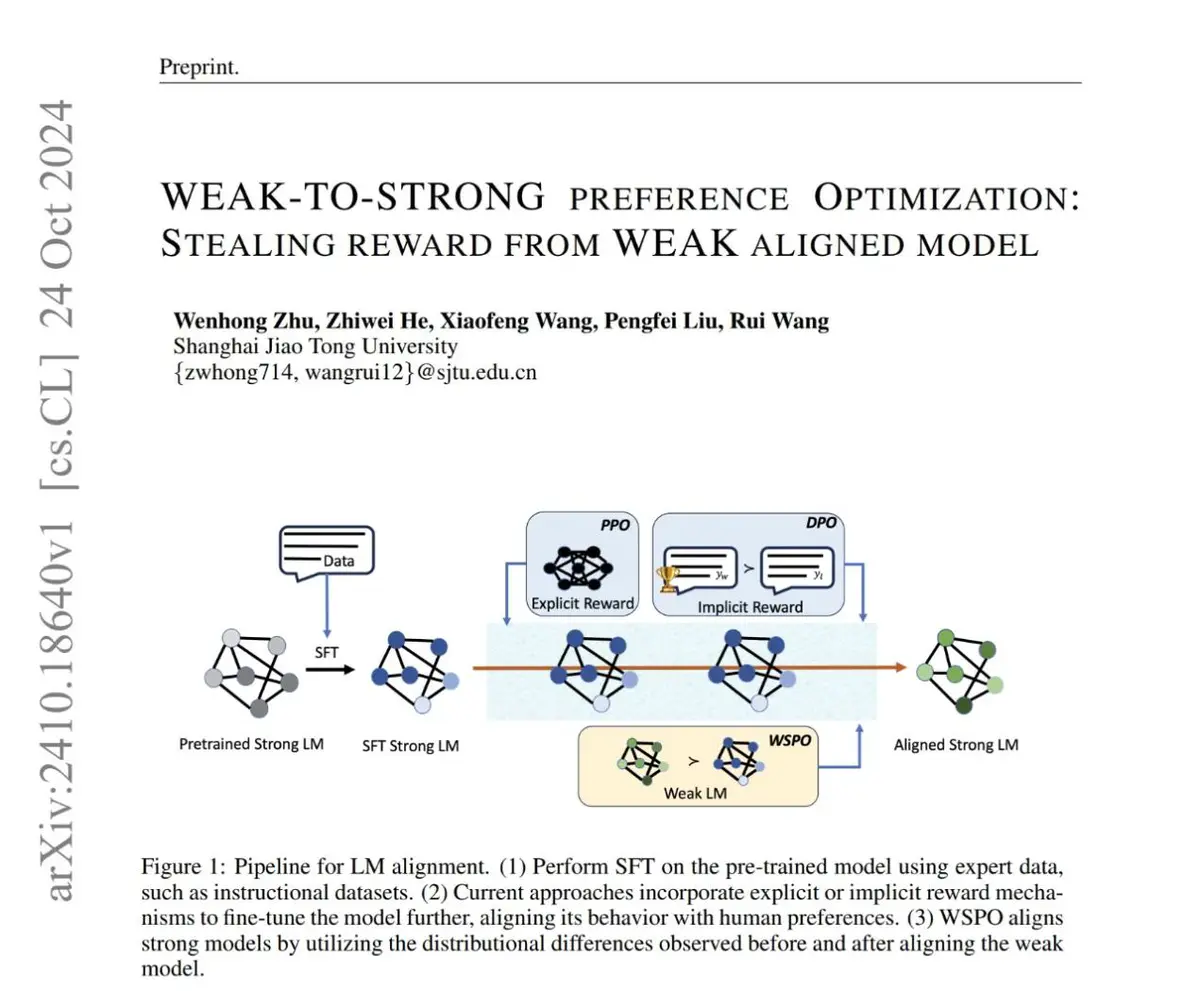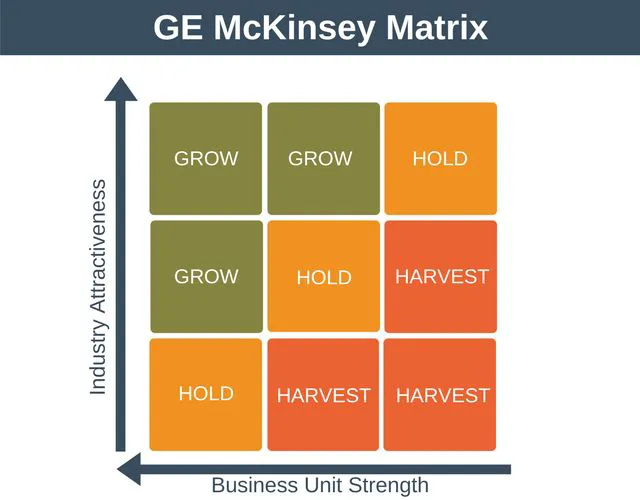============================================================================
Factor models have become a cornerstone of quantitative investing and risk management. Understanding how to optimize factor models is critical for anyone looking to achieve superior portfolio performance, reduce risk exposure, and enhance predictive accuracy. In this in-depth guide, we will explore professional techniques for factor model optimization, compare different strategies, and share actionable insights drawn from personal experience and industry trends.
Understanding Factor Models
Factor models explain the relationship between an asset’s returns and one or more underlying factors, such as market risk, value, momentum, size, or macroeconomic variables. By decomposing returns into factor exposures, traders and investors can better understand risk drivers and identify opportunities.
Types of Factor Models
- Single-Factor Models
Focus on one key variable, such as the CAPM (Capital Asset Pricing Model) using market beta.
- Multi-Factor Models
Incorporate several factors—value, momentum, quality, volatility, etc.—to explain returns with greater precision.
- Macroeconomic Factor Models
Use economic indicators like interest rates or inflation as factors.
- Fundamental Factor Models
Employ company-specific metrics like P/E ratios, debt-to-equity, or earnings growth.
Why Factor Model Optimization Matters
Optimizing a factor model ensures that:
- Predictive Power is maximized, leading to better alpha generation.
- Overfitting Risks are minimized by balancing complexity and stability.
- Portfolio Allocation aligns with risk-adjusted return objectives.
- Market Regimes are properly accounted for, adapting to changing economic cycles.
Core Methods to Optimize Factor Models
1. Factor Selection and Refinement
The first step in optimization is selecting the right factors. Overloading a model with irrelevant factors leads to noise and overfitting.
Key Techniques
- Economic Rationale: Each factor should have a well-established economic theory supporting its inclusion.
- Data-Driven Selection: Use statistical tools such as stepwise regression, LASSO, or PCA (Principal Component Analysis) to identify impactful factors.
- Cross-Validation: Test factors across different time periods and markets to ensure robustness.
Advantages
- Improves signal-to-noise ratio.
- Enhances interpretability.
Disadvantages
- Risk of discarding hidden but valuable factors.
- Requires continuous monitoring as markets evolve.
2. Factor Weight Optimization
Assigning the right weights to factors is crucial to model accuracy.
Techniques for Weight Optimization
- Equal Weighting: Simple but may underrepresent dominant factors.
- Risk Parity: Balances factor contributions based on risk.
- Mean-Variance Optimization: Uses historical returns and covariance to maximize expected return for a given risk level.
- Machine Learning: Gradient boosting or neural networks can dynamically adjust factor weights.
Advantages
- Captures market dynamics more accurately.
- Allows for systematic risk control.
Disadvantages
- Overfitting risk in complex models.
- Higher computational cost.
3. Regularization and Shrinkage
Regularization techniques like Ridge or LASSO regression help reduce model complexity while maintaining predictive strength.
- Ridge Regression: Shrinks factor coefficients to avoid extreme estimates.
- LASSO: Forces some coefficients to zero, effectively performing factor selection.
Benefits
- Prevents overfitting in high-dimensional datasets.
- Enhances model stability during market shocks.
4. Factor Interaction Modeling
Factors often interact in non-linear ways. Capturing these interactions can significantly improve performance.
- Polynomial Features: Add squared or interaction terms.
- Tree-Based Models: Random forests and gradient boosting capture non-linear relationships.
5. Robust Backtesting and Performance Evaluation
Optimization is incomplete without rigorous backtesting to validate the model’s predictive power.
- Use walk-forward testing to simulate live trading conditions.
- Employ out-of-sample testing to ensure generalization.
For more detailed guidance on evaluating model performance, you may also find insights in how to evaluate factor model performance helpful.

Latest Industry Trends in Factor Model Optimization
- Machine Learning Integration: AI-driven optimization is becoming mainstream, enabling dynamic factor selection and weight adjustments.
- Alternative Data Usage: Satellite imagery, credit card transactions, and social sentiment are now being incorporated as new factors.
- Regime-Switching Models: Adaptive models that account for macroeconomic shifts.
Comparing Two Popular Optimization Strategies
| Strategy | Strengths | Weaknesses | Best Use Case |
|---|---|---|---|
| Traditional Regression-Based Optimization | Transparent, easy to interpret, stable | May miss complex non-linear relationships | Institutional portfolios needing explainability |
| Machine Learning Factor Optimization | Captures complex patterns, adaptive | Higher risk of overfitting, requires more data | High-frequency or hedge fund strategies |
Recommended Best Practices
- Start Simple: Begin with a limited set of economically justified factors.
- Regularly Recalibrate: Market dynamics change; recalibration ensures relevance.
- Monitor Turnover: High turnover can increase transaction costs and reduce net returns.
- Integrate Risk Controls: Apply constraints to avoid unintended exposures.

Practical Example of Optimization
Imagine optimizing a multi-factor equity model:
- Initial Factors: Market beta, momentum, value, and quality.
- Data Cleaning: Winsorize outliers and normalize data.
- Model Training: Use Ridge regression to control overfitting.
- Performance Check: Backtest using walk-forward validation across multiple geographies.
- Adjustments: Drop underperforming factors and reweight based on Sharpe ratio.
Factor model optimization process from factor selection to backtesting.
Internal Link Integration
For readers who are starting from scratch, check out this resource on how to build a factor model to complement your understanding of optimization techniques.
FAQ: Factor Model Optimization
1. What is the most effective way to optimize factor models?
The best approach combines economic theory, statistical rigor, and regular backtesting. Start with economically meaningful factors, use shrinkage techniques, and validate across multiple datasets.
2. How often should factor models be recalibrated?
Recalibration frequency depends on market conditions and the trading strategy. Long-term investors might adjust quarterly, while high-frequency traders may recalibrate daily or weekly.
3. Can machine learning replace traditional factor modeling?
Machine learning can enhance factor models but should not replace economic rationale. It is best used to complement traditional approaches by identifying hidden patterns.
4. How do I avoid overfitting in factor model optimization?
Use out-of-sample validation, cross-validation, and regularization methods like LASSO to ensure the model generalizes well.

Encouraging Social Sharing
Factor model optimization is a rapidly evolving field. Have you tried any innovative techniques or experienced unique challenges?
Share your thoughts in the comments below, and don’t forget to forward this guide to fellow quantitative analysts or portfolio managers to foster collaborative insights.
Key Takeaway
Learning how to optimize factor models is a continuous journey that combines financial theory, data science, and practical experience. By implementing the strategies outlined above, traders and investors can build robust, adaptive models that thrive across diverse market conditions.

0 Comments
Leave a Comment